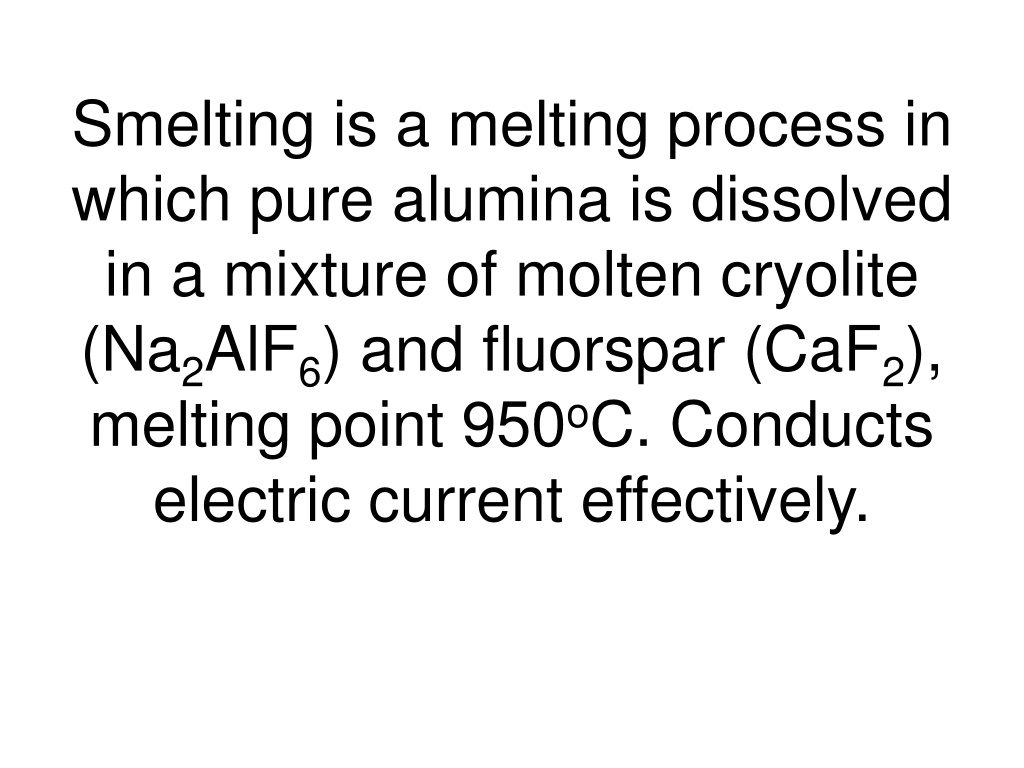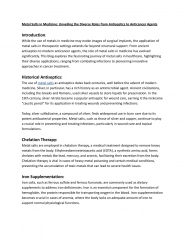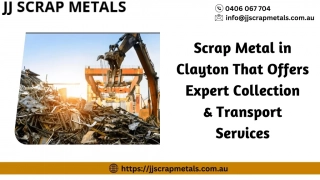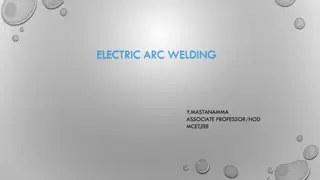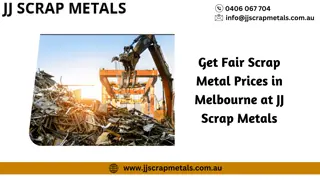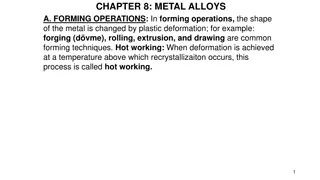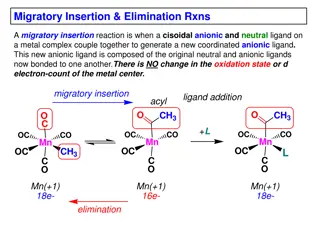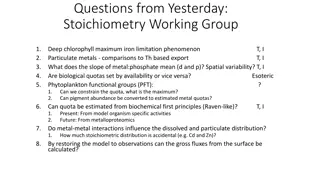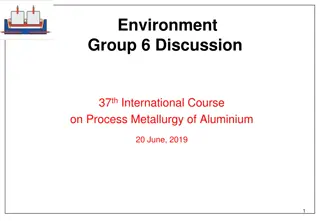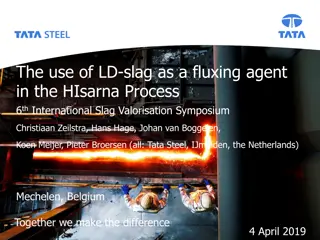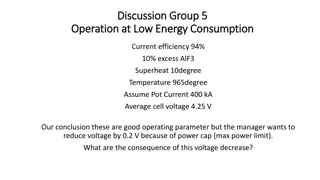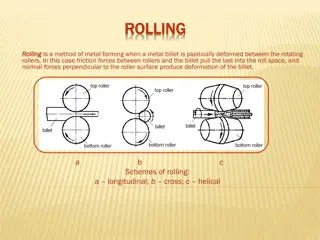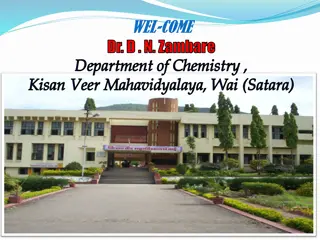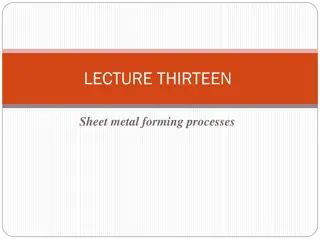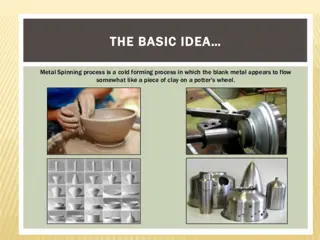Metal Smelting and Electrorefining Techniques Explained
Smelting is a process involving the dissolution of pure alumina in a molten mixture of cryolite and fluorspar to extract metals like aluminum. Electrolysis is used to separate the metals where oxygen is liberated at the anode and the metal is deposited at the cathode. This process is illustrated with reactions at the electrodes, like the anode reaction producing CO2 and the cathode reaction depositing aluminum. Electrorefining of copper is also described, highlighting the use of acidic copper sulfate solution and the oxidation of copper at the anode. Less active metals do not oxidize and can be collected below the anode for further processing.
Download Presentation

Please find below an Image/Link to download the presentation.
The content on the website is provided AS IS for your information and personal use only. It may not be sold, licensed, or shared on other websites without obtaining consent from the author. Download presentation by click this link. If you encounter any issues during the download, it is possible that the publisher has removed the file from their server.
E N D
Presentation Transcript
Smelting is a melting process in which pure alumina is dissolved in a mixture of molten cryolite (Na2AlF6) and fluorspar (CaF2), melting point 950oC. Conducts electric current effectively.
it is consumed in electrolysis because oxygen is liberated at the anode. Al is deposited at the cathode.
Anode reaction: C(s) + 2O2- CO2 (g)+ 4e-
Molten Al is tapped from the smelter and kept in a revebatory furnace until it is cast into ingots.
Slabs of crude copper serve as the anode in the cell and thin sheets of copper as the
cathode. The electrolyte consists of acidic copper sulphate solution. When a suitable
voltage is applied to the electrodes, copper metal is oxidized at the anode and Cu2+is
plate out at the cathode because their reduction potentials are more negative than that of Cu2+. Less active metals will not be oxidized at the anode; they will be collected below the anode as a sludge that can be processed to recover the valuable metals.
collecting tiny fragments of impure lumps of metals. Gold is recovered from the lump obtained from the mine by flotation method or panning method.
earth and rock containing gold is swirled with water; because gold is denser it tends to lie at the bottom of the pan while the other solid particles are washed away.
mine can be purified by treating crushed samples of the gold with sodium cyanide solution and oxygen to form the stable AuCN-2 ion, which is soluble in water;
4 Au(s)+ 8 CN-(aq) + O2 (g)+ H2O(l) 4 Au(CN)2-(aq)+ 4 OH-(aq)
Gold is precipitated from the cyanide complex by reduction with zinc powder.
Zn(s)+ 2 Au(CN)2-(aq) Zn(CN)2- (aq)+ 2 Au(s).
2dsin = (1)
